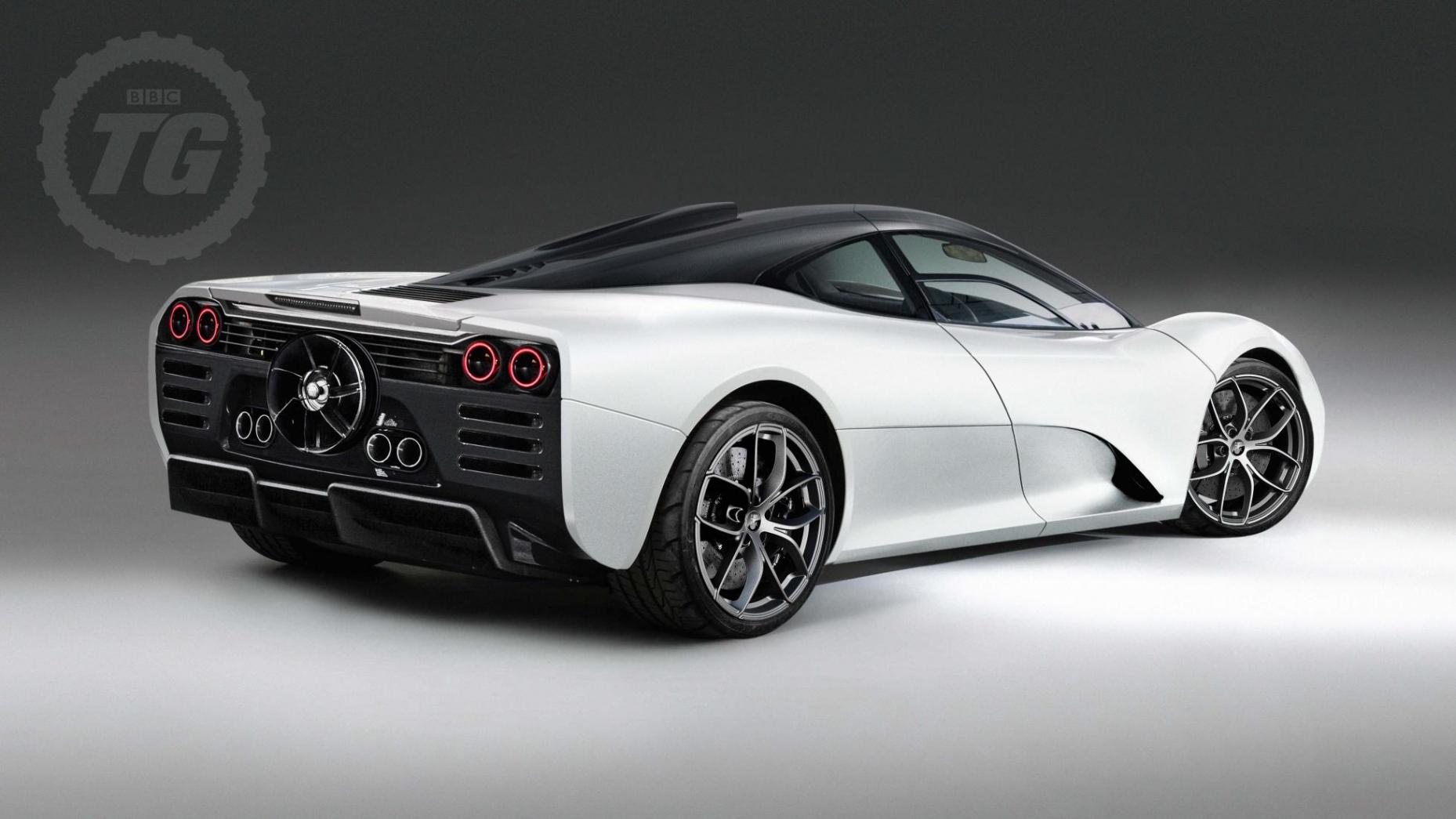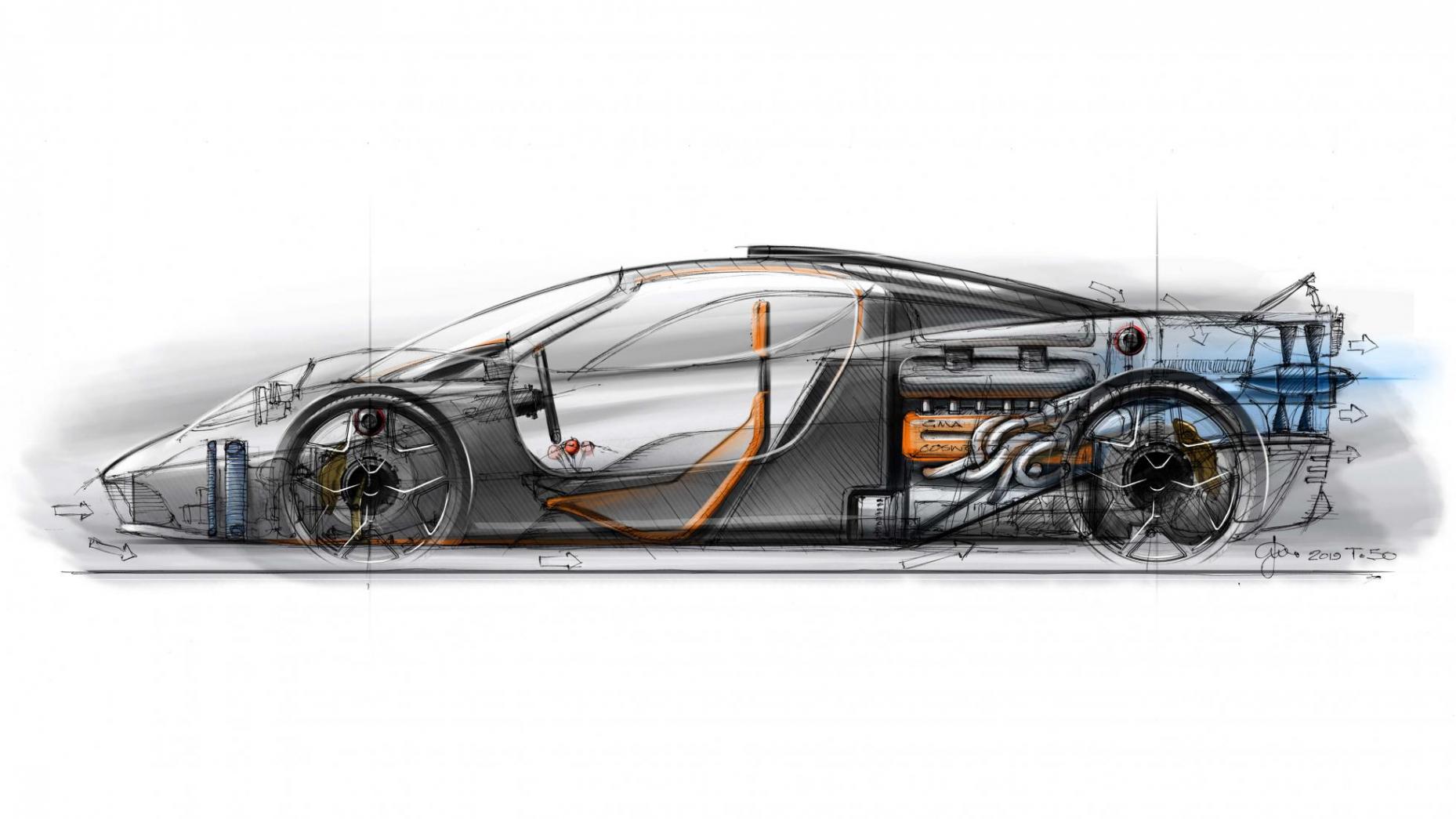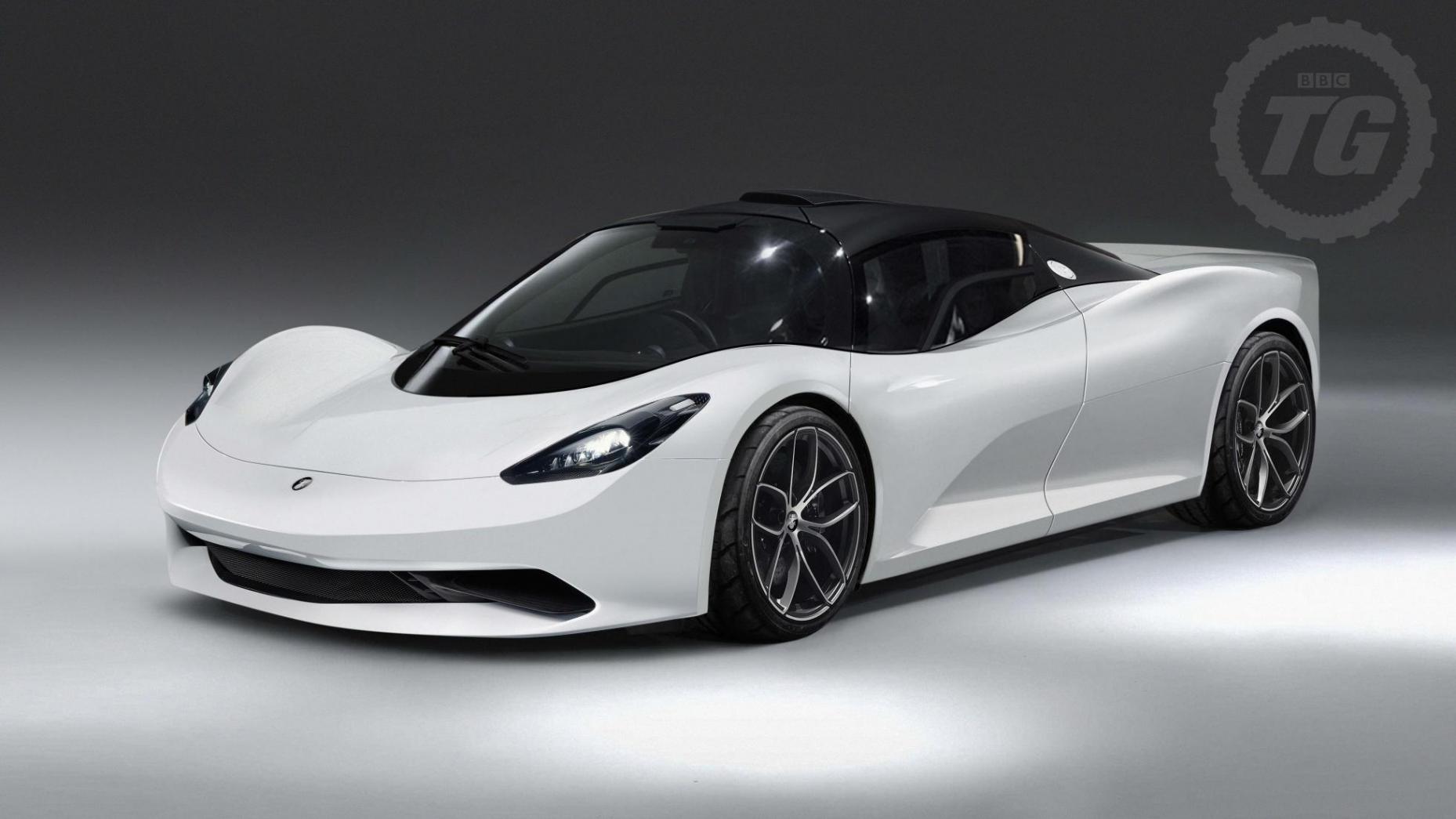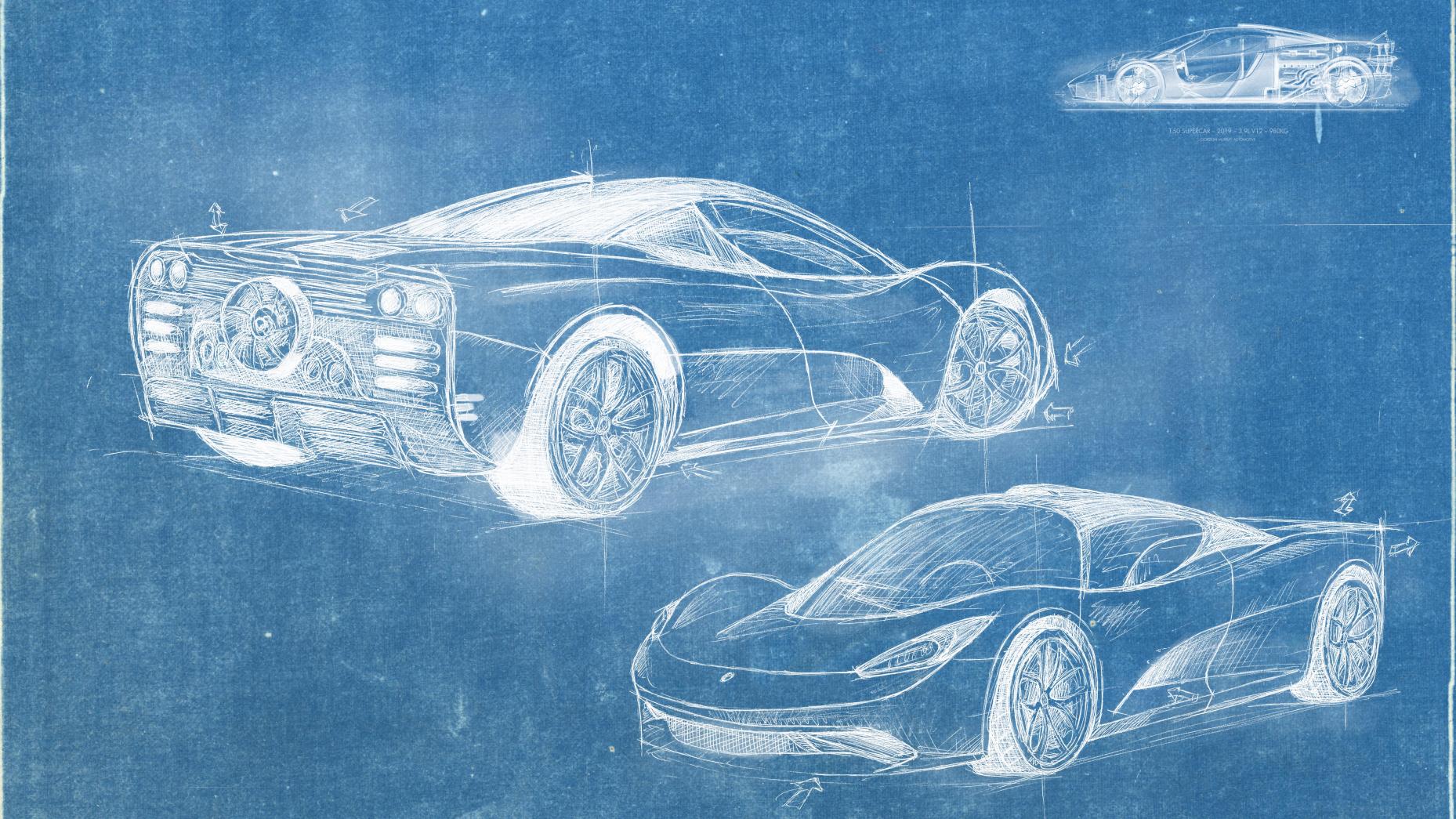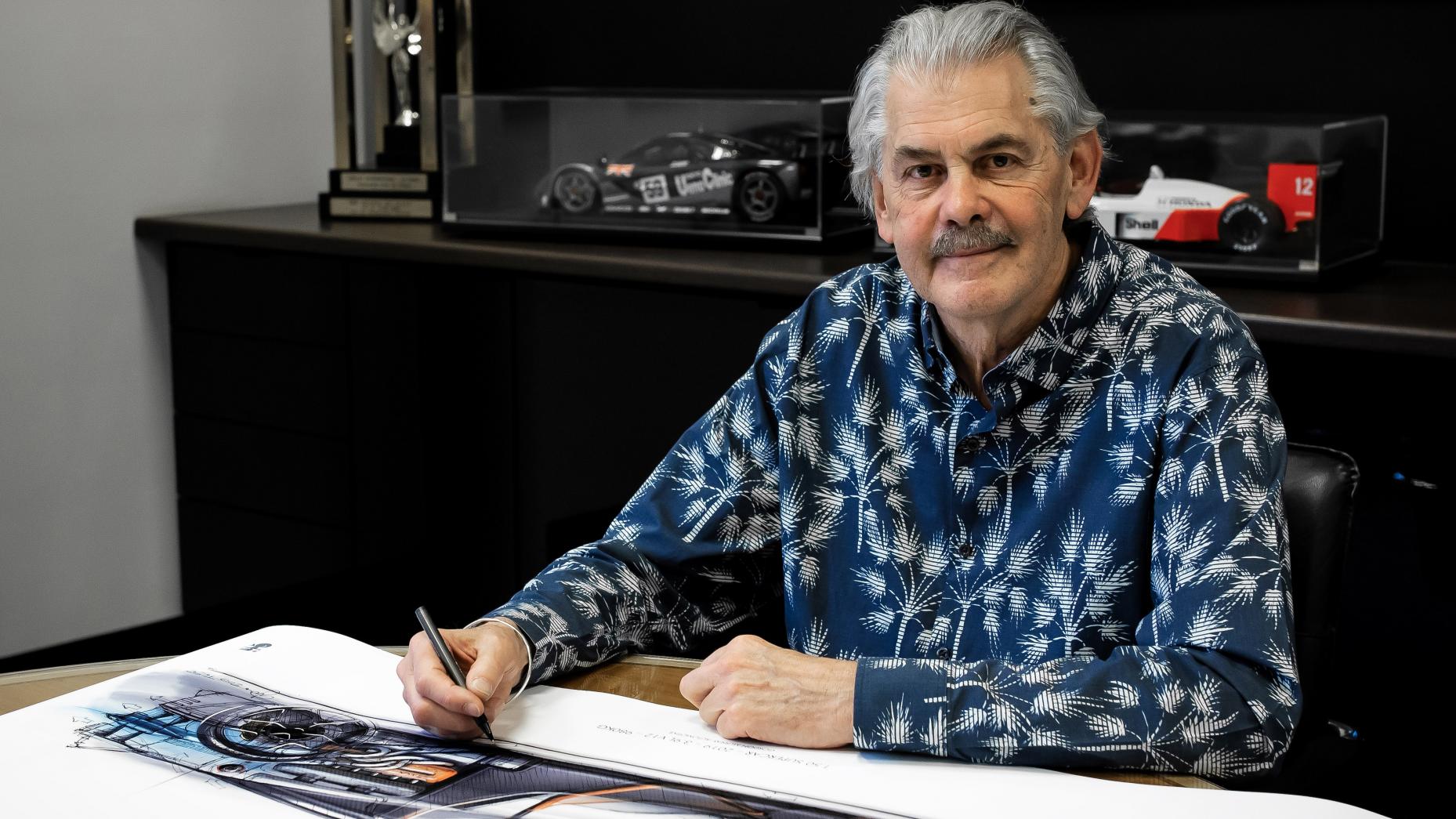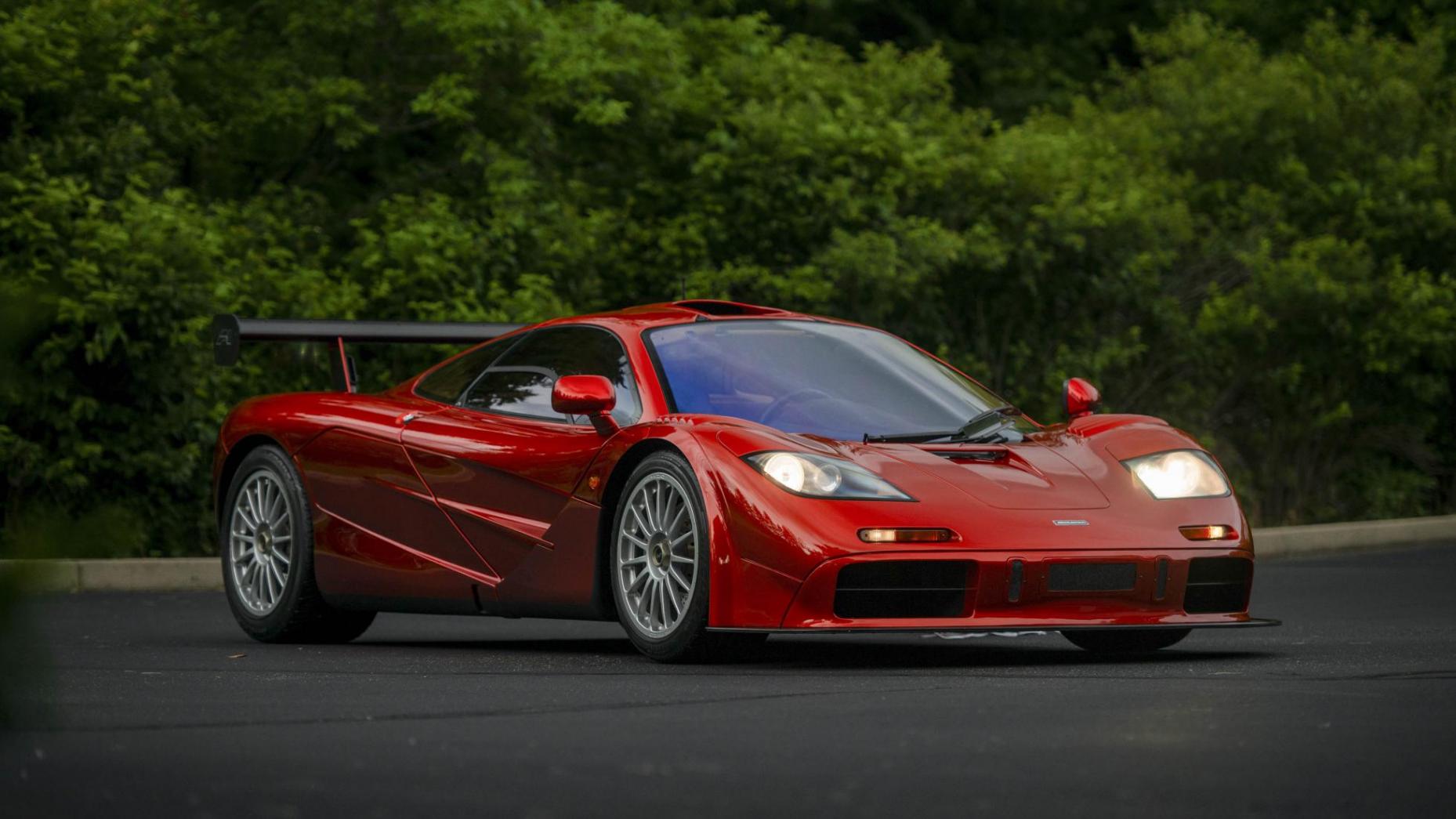The secrets behind Gordon Murray's £2.5m, 650bhp T50 supercar
The fan
“We have a 400mm fan that’s both active and interactive. It interacts with the top surface of the car, with the air brake which is the only flap on the upper body. We can control downforce or shed it and reduce drag, so we have a top-speed, low-drag mode and a high-downforce mode for corners. It controls the centre of pressure for braking, which means we can have fixed aerodynamics at the front axle. The fan cleans up the flow over the diffuser, so we can have a more aggressive design and also have moving flaps inside the tunnel. It’s just amazing, and it’s not powered by the engine, but by a 48V electrical system.”
The party piece
“As we have variable valve-timing we can control every bit of the engine. Most people, most of the time will use what we call Ferrari revs – we’re doing a map with Cosworth that runs out at 9,000rpm and moves all the torque down the bottom. But if you put your mate in the car, click a switch, say ‘Do you want to hear a road car at 12,000 revs?’ it remaps. I didn’t have any of that available to me with the F1.”
The engine and gearbox
“It’s a 650bhp 3.9-litre V12, and completely new. Even compared with the Valkyrie motor I wanted it to be the highest revving, so it will go beyond 12,000rpm and with conventional valve springs. The F1 was the first road car with no flywheel; this is the same. You have a plate to react to the clutch loads, but it’s not doing much. Boy, has Cosworth done a fantastic job. I can safely state that this is probably the last great, all-new, naturally aspirated V12 you’ll see.
“The gearbox is a six-speed manual. It was going to be a paddleshift at the start – I thought there’s probably not many people left who would want a manual, but actually a lot of the buyers for the T50 drive old manual Porsches at the weekend. I’m doing it just like we did on the F1, so there’s five close ratios and an overdrive sixth. Put it in sixth and the fuel consumption, the noise – everything – comes way down.”
The wheels and suspension
“Suspension is forged alloy double wishbones, with rising rate pushrods to manage downforce – there’s more downforce than the F1. There is reasonable static ride height, so no need for a heavy nose lift device. I haven’t gone with carbon-fibre suspension or wheels because the failure mode is catastrophic. Just a chip on a wishbone or a ding with a tyre lever on a wheel. It’s OK on racing cars because they’re inspected all the time.”
[On the £2.5m price]
“We had a big debate with the shareholders – if we made 300 we could make them for 800 grand, but I don’t want to make 300 because I don’t want to be a car company. I just want to make a few very special cars for people who want to own a piece of engineering and art.”
The styling
“We got a bit of stick when the F1 was revealed. It didn’t look like a Lamborghini. It was clean and well proportioned… at least until the back, where all hell broke loose. The new car is 30mm wider than the F1 and 18mm longer but it’s got more luggage space. We have got 50 per cent easier ingress and egress than the F1, too, thanks to lower structures either side of the driver, instead of those high carbon-fibre rails. I don’t like cars getting bigger, I don’t like no luggage space and I don’t like the styling that looks like it’s been done for a lap time. It’s about purity and dynamics.”
The F1
“I don’t think anybody’s done an F1 since the F1. It’s 27 years ago now. There are some phenomenally competent cars out there, the 720S is probably top of the list for the road and track, but none of them get the hackles on the back of my neck up. In the F1 everything was focused on the driving experience, control feedback and quality of engineering. It was lightweight but had room for three, luggage, aircon, a sound system – all the things you needed to go touring. But the T50 is better in every single way, by a long way. It’s a Lotus Elise with a 650bhp V12 in the back, and that’s exciting.”
